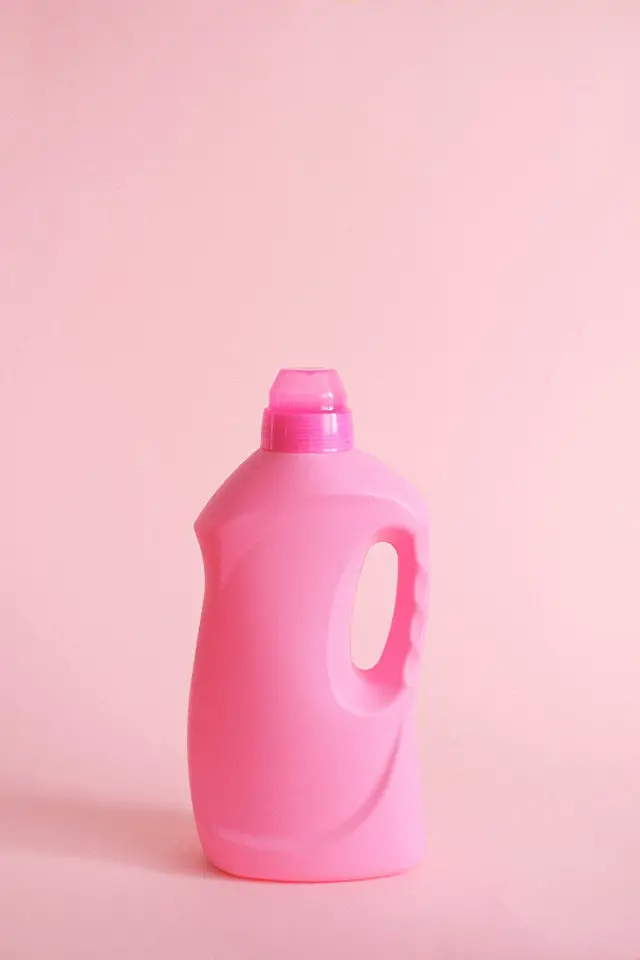
Laundry detergent has come a long way since its inception, evolving from simple soap formulations to advanced, eco-friendly solutions. From soap made from animal fat and ashes to the modern, synthetic detergents of today, laundry detergent has evolved to meet the needs of consumers and the environment. In this blog post, we will explore the history of laundry detergent and how it has evolved over the years.
The history of laundry detergents is a fascinating journey that spans centuries and involves various innovations in chemistry, technology, and marketing.
- Ancient Times:
- In ancient civilizations, such as ancient Babylon and Egypt, people used natural substances like water, sand, and ashes to clean their clothes. These early detergents relied on abrasion and simple chemistry to remove dirt and stains.
- Soap-Making Traditions:
- The concept of soap-making dates back to ancient times as well. The Babylonians, Phoenicians, and Egyptians made soap from animal fat and ash, which had cleansing properties due to the formation of soap molecules.
- Middle Ages:
- During the Middle Ages, soap-making became more widespread in Europe. Soap was primarily made from animal fat and lye (sodium hydroxide or potassium hydroxide).
- 18th Century:
- In the 18th century, soap manufacturers started using vegetable oils instead of animal fats, leading to milder and more effective soaps.
- 19th Century:
- Soap production became more industrialized during the 19th century. The introduction of chemical analysis allowed for the precise formulation of soaps, making them more effective.
- Early 20th Century:
- The first synthetic detergents were developed in the early 20th century. One notable example is Fels-Naptha soap, introduced in 1893, which was a combination of soap and synthetic chemicals.
- World War II:
- During World War II, the need for effective cleaning agents for military and industrial purposes led to significant advancements in detergent technology. Synthetic detergents based on alkylbenzene sulfonates were developed.
- Post-War Boom:
- After World War II, the demand for household cleaning products, including laundry detergents, surged. Companies like Procter & Gamble (P&G) introduced synthetic detergents like Tide in the 1940s, which marked the transition from soap-based detergents to synthetic detergents.
- Biodegradable Detergents:
- In the 1960s and 1970s, environmental concerns led to the development of biodegradable detergents. These products aimed to reduce the environmental impact of detergents by using less harmful chemicals.
- Liquid Detergents and Enzymes:
- The 1970s also saw the introduction of liquid laundry detergents, which offered convenience and reduced packaging waste. Enzymes, such as protease and amylase, were added to detergents to enhance stain removal.
- Concentrated Detergents:
- In the 1980s, concentrated laundry detergents were introduced, reducing the size and environmental impact of packaging.
- High-Efficiency (HE) Detergents:
- HE washing machines became popular in the 1990s and required specially formulated HE detergents with lower sudsing properties.
- Advancements in Enzyme Technology:
- Enzyme technology continued to advance, leading to the development of detergents with better stain removal capabilities, even at lower temperatures.
- Eco-Friendly Detergents:
- As awareness of environmental issues grew, concerns arose regarding the impact of traditional laundry detergents on ecosystems. Phosphates, a common ingredient in detergents, were found to contribute to water pollution and harmful algal blooms. This realization led to the development of eco-friendly alternatives that prioritize biodegradability and reduced environmental impact.
The history of laundry detergents is a story of continuous innovation driven by the need for effective cleaning, environmental concerns, and consumer convenience. Today, a wide range of laundry detergents is available, catering to various washing machines, water types, and consumer preferences.
Environmental Concerns and the Shift Towards Eco-Friendly Detergents
As awareness of environmental issues grew, concerns arose regarding the impact of traditional laundry detergents on ecosystems. Phosphates, a common ingredient in detergents, were found to contribute to water pollution and harmful algal blooms. This realization led to the development of eco-friendly alternatives that prioritize biodegradability and reduced environmental impact.
In recent years, there has been a growing emphasis on eco-friendly and biodegradable detergents. Many companies have developed plant-based, phosphate-free, and more environmentally friendly options.
Here are some of the specific eco-friendly laundry detergent ingredients that help to address these concerns:
- Plant-based surfactants: These surfactants are derived from plants and are biodegradable. They are just as effective at cleaning clothes as synthetic surfactants, but they are gentler on the environment.
- Enzymes: Enzymes are proteins that can break down stains. They are a natural way to remove stains without the need for harsh chemicals.
- Baking soda: Baking soda is a natural cleaner that can help to remove stains and freshen clothes. It is also a mild abrasive that can help to remove dirt and grime.
- Citric acid: Citric acid is a natural acid that can help to brighten clothes and remove odors. It is also a disinfectant that can help to kill bacteria.
A great example of environmentally safe detergent is Dropps, an eco-friendly detergent that comes in concentrated pods that are designed to dissolve completely in water. It is free of dyes, fragrances, and phosphates. Keep in mind all detergents are not created equal with some being more effective than others. Therefore it is important to do your due diligence through some simple research and good old fashion trial and error.

